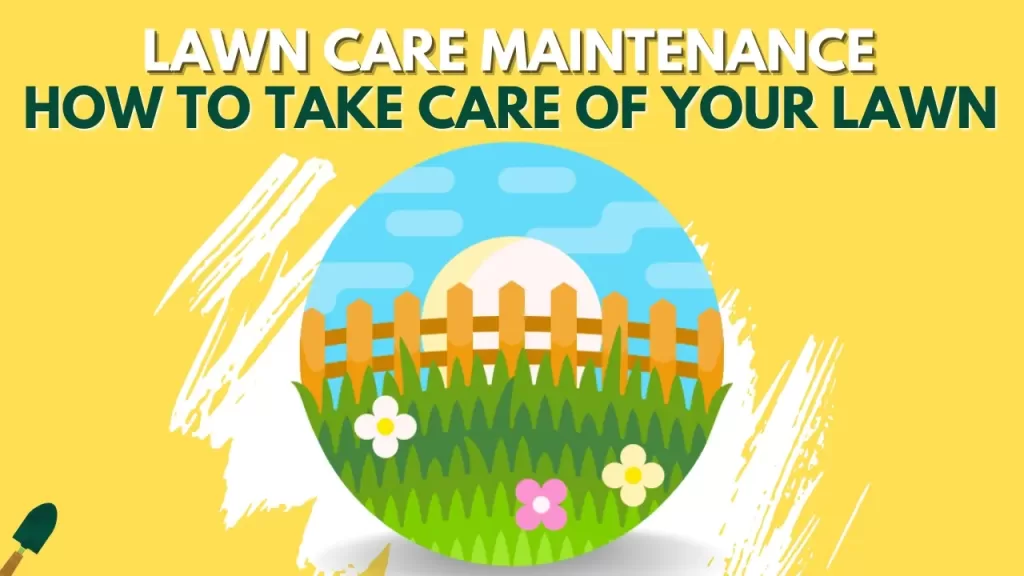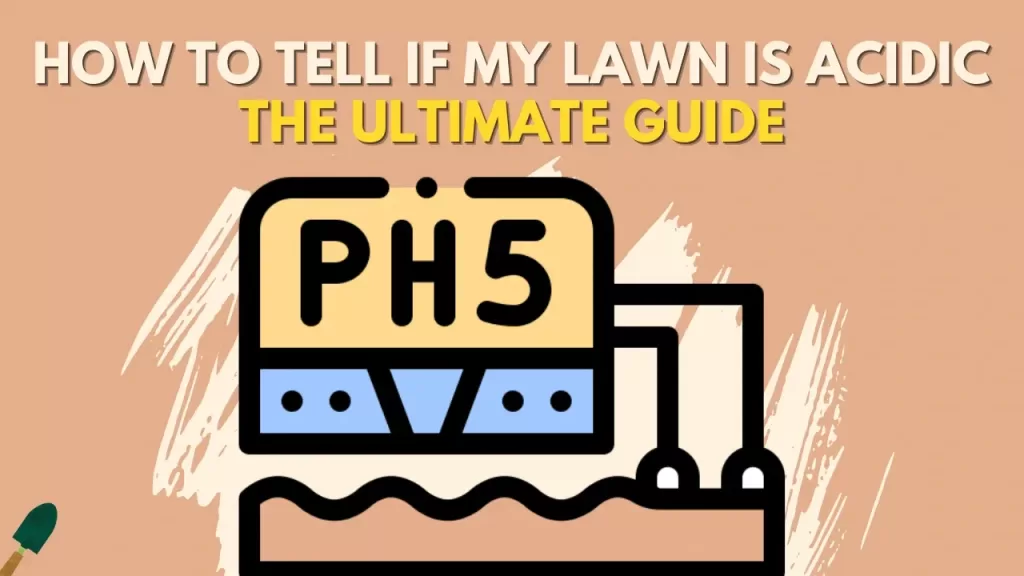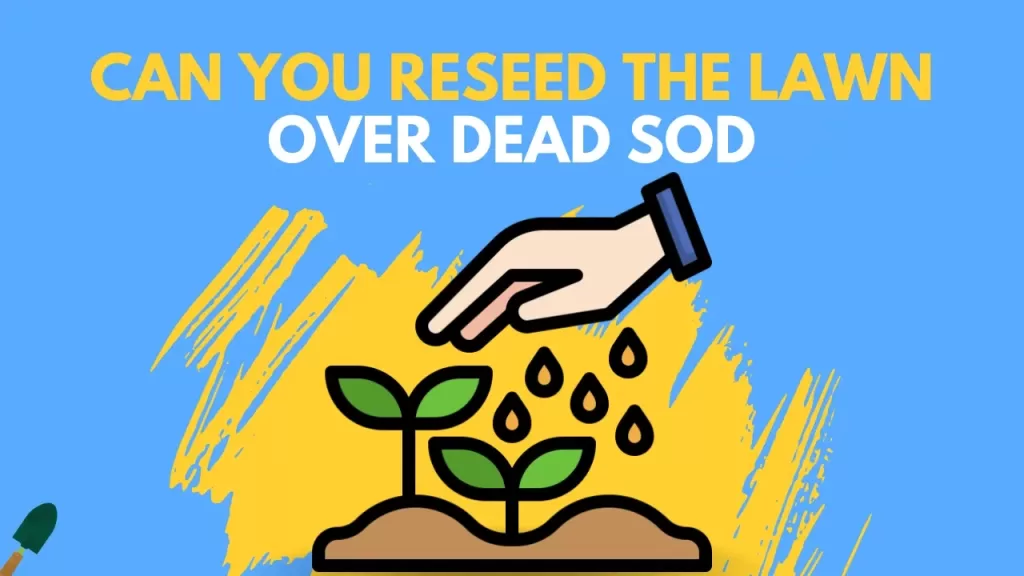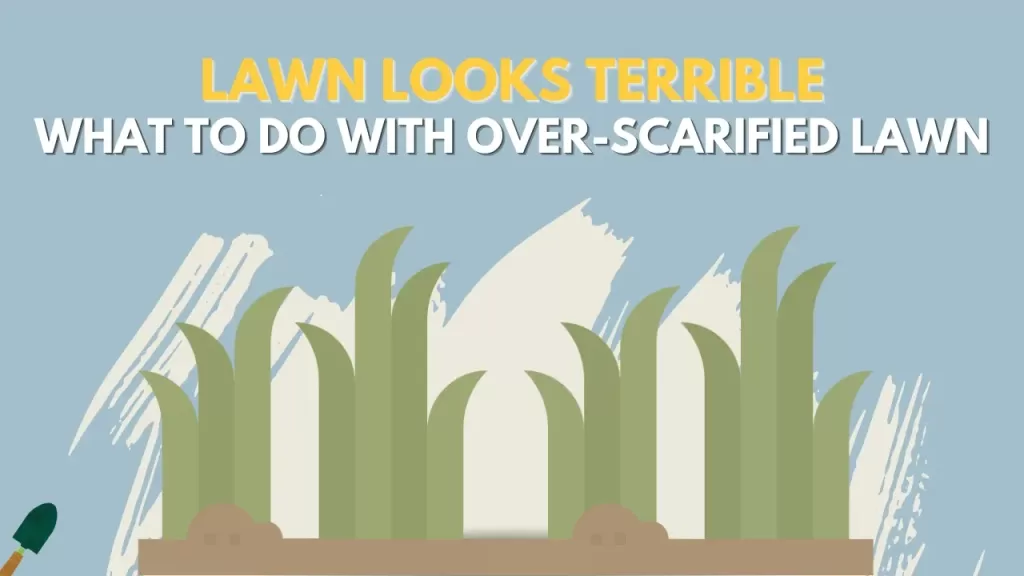Step-by-Step Guide On How To Take Care Of Your Lawn
This is where you start. If you are reading this, then it’s probably early March. And this is the best time to start making your lawn good. Below I have written a step-by-step guide on how you should do it. So tighten your seat belts and let’s go.
Step 1 – Take a Good Measure of Your Lawn
Take a Measuring tape and start measuring your lawn from one point to another. Unless your lawn is really big and you can’t. then divide it into different sections and create a map to work on it. It will be really helpful and easy for you to work on small sections of your lawn than the whole area at once. feel free to round off that measurement to a number. If your lawn is 1008 yards then take it as 1000 yards.
Step 2 – Test Your Soil.
It’s Just like going to the doctor when you feel sick. The doctor just didn’t write the prescription right away. He first runs some tests on you to see if there is some problem or not. Similarly, you test your soil to see the PH levels and other harmful stuff. You can do this at any point in time but usually, it’s better to test it at the beginning of the preparation. (If you have the time and resources and want to step it up, I highly recommend that you do a separate soil test for each area you established in Step #1.)

Step 3 – Buy Necessary Good Products for Your Lawn
There are so many things you can find for your lawn and be overwhelmed about it. But there are certain things you have to get for your lawn to help yourself up. There are 4 things which are necessary for your lawn.
- Mowers – I can write a whole lot about lawnmowers and what type should you buy. But if you are just starting right now, you should just focus on 2 things. First, the size, you need to decide what your requirements are and how big your lawn is. You don’t need a tractor for a 100-yard lawn. And second, the torque of the mower. The formula is the same for the torque as well.
- Sprinklers – These are a lifesaver if you have them. These can save you time and energy as well as these are also good for the environment because they save water by spreading it evenly. If you don’t have an inground system already, you need to buy an above-ground system.
- Spreaders – Just like mowers, a lot is going on with the spreader. And same as mowers you just need to figure out one thing, what size does your lawn require? that’s it.
- Sprayers – You need these to have a proper application of fertilizer for your lawn.
Step 4 – Fix The Soil pH
After the soil test, there will be some things that are on a high level and some on a lower level. But the most crucial thing you need to do is to maintain the pH level of your soil. This is important. If your pH is on the far side of the spectrum, it is going to affect your grass’s ability to make use of nutrients in your soil. If your pH level is low you’ll want to add lime; something like Pennington Fast Acting Lime will work. Add it consistent with your soil test’s recommendations and within the amounts specified on the product’s label using your broadcast spreader. If your pH is just too high, you’ll be wanting to feature sulfur. Southern Ag Pelletized Soil Acidifier may be a good product. You can apply lime or sulfur any time of the year when the bottom isn’t frozen.
Early Spring:
Step 5 – Aerate The lawn (If Necessary)
This part is not necessary but aeration of your soil is really good to help make the soil absorb more nutrients and helpful fertilizer. But there is this myth going around that you need to aerate your soil every summer. This is not true, you need to aerate your soil whenever it’s necessary. To find out if your soil needs aeration, you can do a test on it. You just need a stick the size of a screwdriver and press it on the soil. if the stick goes fully into the soil then it doesn’t need aeration but if the stick isn’t going all the way, then water the soil lightly and try one more time. if the stick doesn’t go this time as well then the soil needs aeration. Do this to the different parts of your lawn and check if it needs aeration or not.
Do not be tempted by aerating gadgets you may find on Amazon or similar sites. Any aerator with spikes will increase, not decrease, your soil’s compaction. Hand aerators are useful tools for getting in tight places a mechanical aerator can’t reach but attempting to aerate even a small lawn with one would take many hours and be almost impossibly exhausting.
Step 6 – Apply Pre-Emergent Herbicide
This chemical is exactly what it sounds like, it does the job of preventing of new weeds. It is different from the common post-emergent herbicides (discussed in Step #9) that attack weeds that have already sprouted. This is to say that it will not prevent all types of weed or none at all. But it will prevent one kind which is one devastating one – crabgrass, and this is very essential for every lawn care.
Mid to Late Spring:
Step 7 – Throw down some fertilizer!
About a month after you have put on the pre-emergent on the lawn, you need to apply some fertilizer to help the soil. the process can be very tedious sometimes, so I am going to make it simple.
- Figure out how much nitrogen your lawn needs. Your lawn requires lots of different things to be healthy and in good shape, but the most important thing that the grass needs is nitrogen. Your lawn needs between 0.75 to 1.5 pounds of nitrogen per 1000 yards. But you need to keep some things in mind. If you have fertilized your lawn in the previous year heavily then you need to fertilize it a little lightly this year around. and the second is that more is not better so put the amount which is required for your lawn.
- Choose a fertilizer. Like lawnmowers, there are nearly endless options when it involves fertilizer. The generalized nature of this post precludes an in-depth discussion of fertilizer brands. That said, if you’re a real beginner, it’s hard to go wrong with Milorganite. It is easy to apply and its iron content will give your lawn an enviable dark green colour. Yes, there are cheaper fertilizers, better fertilizers, liquid fertilizers, etc. but Milo is a good place to start and is available pretty much everywhere in the country.
- Check your soil test results before you buy fertilizer. Note your levels of phosphorus (P) and potassium (K). Many of you who are new to lawn care and dealing with unkept lawns will be low on these. If you are low on P you’ll want to use what is known as a “starter fertilizer,” something like this will do the trick. If you are low on K, I would stick with Milorganite – or whatever you chose – and do a supplemental application of potassium using this Sulphate of Potash from Southern Ag. (If your soil test shows you are high in either phosphorus or potassium, you’ll want to shop for a fertilizer that does not contain them. How to do that will be made clear below).
- Split up your total fertilizer amount into two applications. The split should be like first applying the 66% of your total fertilizer and then waiting for two to three weeks and then apply the other part of 33% of the fertilizer which is left behind. This step is not necessary for you to do but it helps the soil to absorb all of it a little slowly.
Step 8 – Apply some humic acid and sea kelp.
Humic Acid is kind which is mined from the earth, so it is one kind of compost, which will help your grass and soil to absorb the nutrients which you have put in step 7. This part of the lawn care is not compulsory but I wouldn’t skip it unless I don’t have money or time for it. Sea kelp is also very helpful because it contains two major plant growth hormones that are very important for root growth.
Application rates can vary depending on which humic acid and kelp products you pick. I’d strongly recommend following the label instructions of any product you buy.
Humic and sea kelp can be applied any time of the year but it’s recommended that you do it 2 times a year to see better results. These can be applied along with the fertilizer you apply in step #7, but mixing the two is not a good idea. Try to apply it one after the other.
Step 9 – Killing All The Weeds
There can be a whole article about how you can get rid of the weeds in your lawn, but I want to make it short here:
Your lawn probably has some kinds of weeds on it and they are going to grow faster after all of the work you have done till now. Getting rid of them is necessary because it will try to take the place of your grass, and you don’t want that. So if you are a beginner you just need one type of herbicide, which is an all-purpose herbicide. This will do most of your work for your lawn. it will probably kill more than 90% of the weed from your lawn. There are some other things that you can do to make your lawn 100% free of weed but this will do for now as I don’t want to be overwhelmed with all the stuff.
Step 10 – Treat your lawn for grubs and other insects.
Grubs are really like larvae of beetles, to the normal person they look almost like little white shrimp. They commonly eat on the roots of grass plants and can devastate a lawn. Grubs are not present on every lawn or not even in every neighbourhood. I don’t know if they are present in yours. You can ask around in your local garden or chat with a neighbour who is into lawn care and see if he or she is treating for grubs or not. If you think grubs are an issue for you, I suggest a two-pronged attack:
- Around your first fertilizer application (Step #7): Apply Bayer Advanced 24-Hour Grub Killer Plus. Despite the name, this won’t kill grubs in 24 hours but it will get many of them within a week.
- Around the time of your second fertilizer application: Apply Scotts Grub-Ex. Again, despite its marketing, this won’t do a lot for big mature grubs that you might have found on your lawn but will serve more as a preventive product for next season.
- For other insects like – gnats, mosquitos, fleas, ants, ticks, etc. I’d go really simple and easy with a hose-end option from Sevin. It can be sprayed any time of year without issue.
Step 11 – Mow your lawn!
While this is at the bottom, make no mistake that you should mow your lawn frequently. You should aim to mow your lawn whenever you see growth.
- Mow often. It would be very difficult and time-consuming to mow the lawn too often. Aim for two to three times a week in the spring and two times a week in the summer.
- “The 1/3rd Rule.” Whenever you mow, you never want to remove more than 1/3rd of the grass blades at any one point of mowing. Doing so can make it difficult for the grass to recover. If you have missed a few mows due to vacation or other obligations and stuff, mow higher and gradually bring your height down over a few days.
- Mowing height. Mow at 3 inches during the spring and at 4 inches during the summer. If you live somewhere with lots of humidity, consider mowing at 3” all year long. Feel free to adjust these as you gain experience with them.
- Keep your blades sharp. It is essential that you keep your lawnmower’s blades sharp. You can sharpen them by yourself or take them somewhere to be sharpened by professionals. Ensure you sharpen them at least once or twice per season.
Step 12 – Water effectively.
except if you live in a very rainy area or a cold place you can get away with watering your lawn in the spring, but everybody needs to water their lawn in the summer. there are some things you should keep in mind:
- How much water? Water is 1 inch per week in the spring and 1.5 inches per week in the summer.
- “Deep and Infrequent.” This is something you hear a lot when it comes to watering and for good reason. Watering a little bit every day is a really bad idea that encourages grass to grow shallow roots. Instead, you’ll want to water 1/2 inch twice a week during the spring and two to three times a week during the summer.
- When to water. The best time to water the lawn is at sunrise. If you have an underground system or a sprinkler with a timer then this should be a problem for you. But if you don’t have a system and don’t want to wake up early then you can water any time. Just remember not to water in the afternoon so that the water doesn’t evaporate before getting into the soil and don’t water at night because wet grass can create fungus.
Step 13 – Prevent fungal diseases if you live in an area where they might strike.
While we humans and animals are likely to be stricken with viral or bacterial diseases, these never occur in cool-season grasses which are grown for home lawns. What does occur on grasses are fungal diseases? Fungi, as you have learned in school science, are a separate world of organisms apart from plants, animals, and other tiny things. Fungi that affect grass require two things to thrive: heat and humidity. If you have conditions where the temperature (in degrees Fahrenheit) and the per cent humidity added together is equal to 150 or higher, your lawn is at risk for disease. Things you can do to prevent fungi include:
- Get water off of your grass.
- Use less fertilizer.
- Don’t water in the late evening or night.
- Use fungicides.
- Preventing fungus is better and much easier than curing it once it has appeared. Think of it as brushing your teeth. You brush your teeth to prevent tooth and gum disease. If you were to stop doing that you would surely have some difficult and expensive experiences at the dentist later on.
Step 14 – Plan for fall.
Fall is the best time to seed lawns. If your lawn has less grass, you’ll want to over-seed it. The optimal time for this is when your soil temperature is about 70°F. (To find out when to see the website mentioned in Step #6). If you didn’t aerate your lawn in the spring, doing so in the fall – and then seeding – is generally a way to go. Spend some time to figure out what type of seed to plant, what type of fertilizer you are going to use, how you are going to control weeds, and how you plan on watering your lawn. The more detailed your plan will be going into fall, the better your lawn will thrive.




